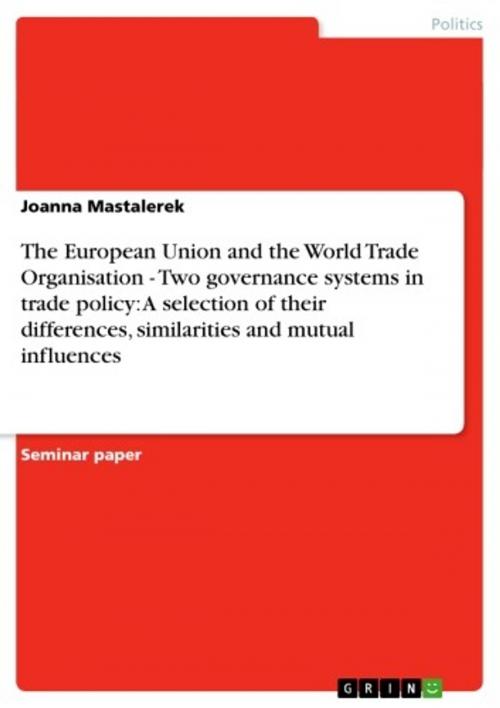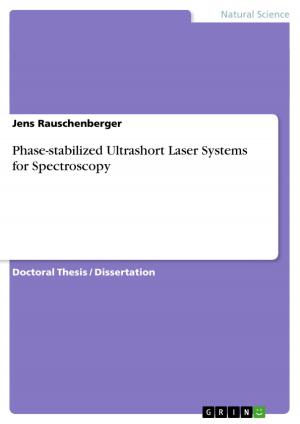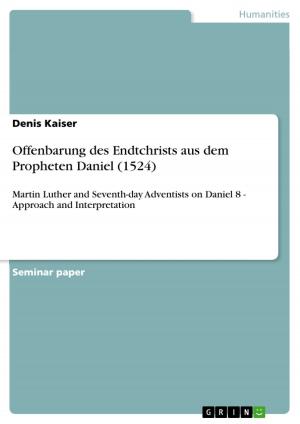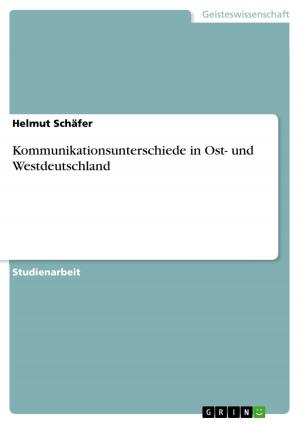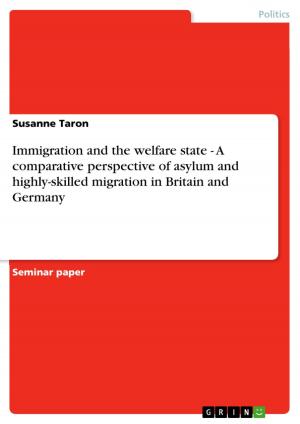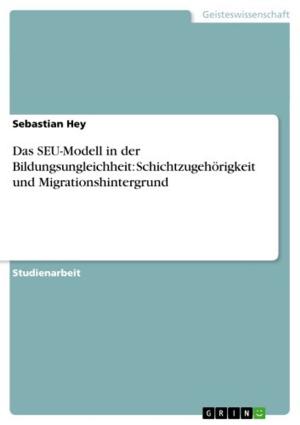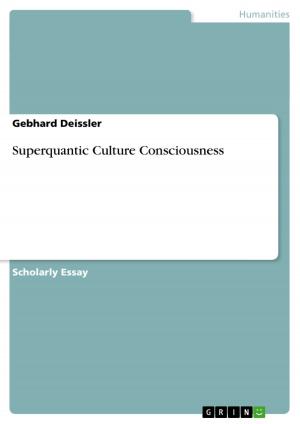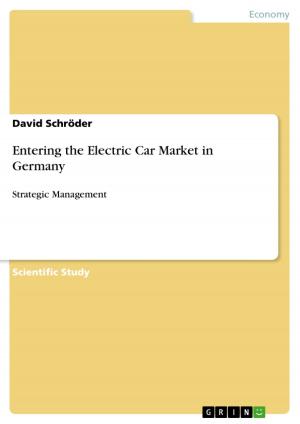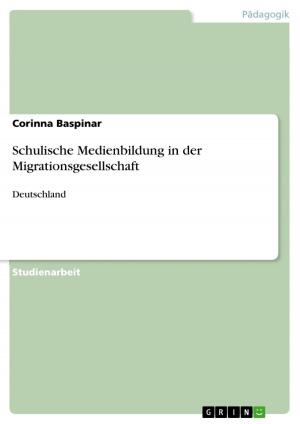The European Union and the World Trade Organisation - Two governance systems in trade policy: A selection of their differences, similarities and mutual influences
Two governance systems in trade policy: A selection of their differences, similarities and mutual influences
Nonfiction, Social & Cultural Studies, Political Science| Author: | Joanna Mastalerek | ISBN: | 9783638268752 |
| Publisher: | GRIN Publishing | Publication: | April 16, 2004 |
| Imprint: | GRIN Publishing | Language: | English |
| Author: | Joanna Mastalerek |
| ISBN: | 9783638268752 |
| Publisher: | GRIN Publishing |
| Publication: | April 16, 2004 |
| Imprint: | GRIN Publishing |
| Language: | English |
Seminar paper from the year 2004 in the subject Politics - International Politics - Topic: European Union, grade: 1,0 (A), Hamburg University of Ecomomy and Policy (Political Science), course: Globalisation and European Governance, language: English, abstract: In general terms, both the European Union (EU) and the World Trade Organization (WTO) can be described as governance systems: 'Governance is about the structured ways and means in which the divergent preferences of interdependent actors are translated into policy choices to allocate values, so that the plurality of interests is transformed into co-ordinated action and the compliance of actors is achieved.'1 This essay cannot reflect all aspects of the two governance systems, but is limited to a selection of their differences, similarities and mutual influences. After the opening remark alludes to a similarity, the differences will be touched upon next. The individual characteristics of the EU and the WTO become particularly obvious in the institutional set-ups of the two organisations: In the case of the EU one deals with a supranational organisation, what means that the current 15 member states partly transfer sovereign rights to the organisation, thus rendering the EU a partly independent and powerful policy actor. In comparison, the WTO is an intergovernmental organisation, in which its 146 members negotiate without transferring any sovereignity to the organisation, thus depriving the WTO of any independence in policy decisions 2. The WTO is a broad international organisation, its members accounting for over 90 % of all trade in the world, whereas the EU, being a member of the WTO, is a geographically limited and closely integrated organisation. Even though the EU represents just 6 % of the world's population, it accounts for more than a fifth of global imports and exports3. Concerning the relationship between the two organisations, their origins had an important influence: The WTO was founded in 1995 as a successor of the General Agreement on Tariffs and Trade (GATT) from 1947. [...] 1 Beate Kohler-Koch/ Rainer Eising (eds.): The Transformation of Governance in the European Union. London, New York: Routledge, 1999, p. 5. 2 Mary Farrell (ed.): EU and WTO regulatory frameworks. Complementarity or competition? London: Kogan Page, 1999, p. 44. 3 European Union: Making globalisation work for everyone.The European Union and world trade. Luxembourg: Office for Official Publications of the European Communities, 2003, p. 4.
Seminar paper from the year 2004 in the subject Politics - International Politics - Topic: European Union, grade: 1,0 (A), Hamburg University of Ecomomy and Policy (Political Science), course: Globalisation and European Governance, language: English, abstract: In general terms, both the European Union (EU) and the World Trade Organization (WTO) can be described as governance systems: 'Governance is about the structured ways and means in which the divergent preferences of interdependent actors are translated into policy choices to allocate values, so that the plurality of interests is transformed into co-ordinated action and the compliance of actors is achieved.'1 This essay cannot reflect all aspects of the two governance systems, but is limited to a selection of their differences, similarities and mutual influences. After the opening remark alludes to a similarity, the differences will be touched upon next. The individual characteristics of the EU and the WTO become particularly obvious in the institutional set-ups of the two organisations: In the case of the EU one deals with a supranational organisation, what means that the current 15 member states partly transfer sovereign rights to the organisation, thus rendering the EU a partly independent and powerful policy actor. In comparison, the WTO is an intergovernmental organisation, in which its 146 members negotiate without transferring any sovereignity to the organisation, thus depriving the WTO of any independence in policy decisions 2. The WTO is a broad international organisation, its members accounting for over 90 % of all trade in the world, whereas the EU, being a member of the WTO, is a geographically limited and closely integrated organisation. Even though the EU represents just 6 % of the world's population, it accounts for more than a fifth of global imports and exports3. Concerning the relationship between the two organisations, their origins had an important influence: The WTO was founded in 1995 as a successor of the General Agreement on Tariffs and Trade (GATT) from 1947. [...] 1 Beate Kohler-Koch/ Rainer Eising (eds.): The Transformation of Governance in the European Union. London, New York: Routledge, 1999, p. 5. 2 Mary Farrell (ed.): EU and WTO regulatory frameworks. Complementarity or competition? London: Kogan Page, 1999, p. 44. 3 European Union: Making globalisation work for everyone.The European Union and world trade. Luxembourg: Office for Official Publications of the European Communities, 2003, p. 4.
